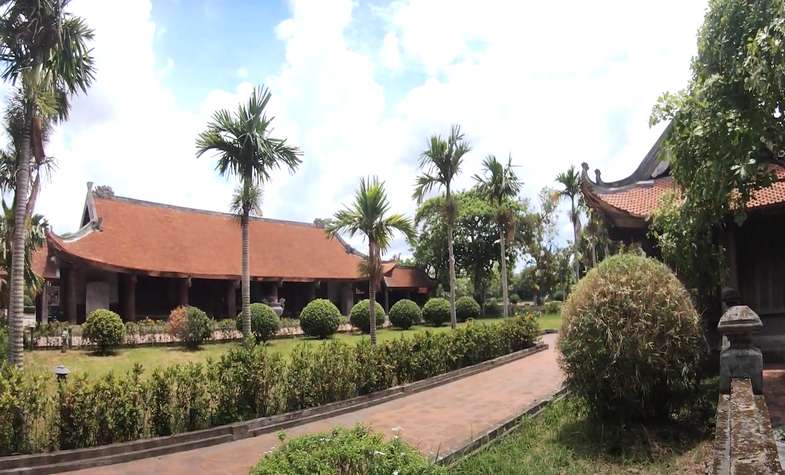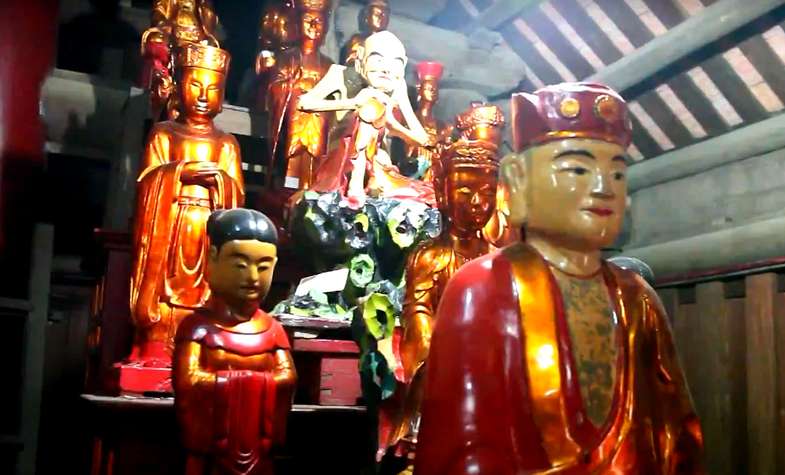Stretching on an area of 7,200 meters square and bordering the Red River,
Keo pagoda, as known as Than Quang Tu, a famous outstanding construction in Thai Binh (Duy Nhat village, Vu Thu district), is considered the symbol of the province due to its long-lasting history as well as the traditional cultural values it contains. In 2012, the pagoda was ranked as a “Special National Relic” and after 1 year, it was recognized as a “National Tourist Destination”. Visiting this worship site, besides admiring one of the very few sets of rod puppets, you can get more knowledge about Buddhism as well as the glorious history of
Vietnam.

According to the legend telling by the old people in the village, Duong Khong Lo, a famous herb doctor and monk in Ly Dynasty, built Keo Pagoda between 1133 and 1154. He honorably got the title of Quoc Su (Royal Teacher) and gained big awards including a lot of money and vast land due to the great achievement after successfully cured King Ly Thanh Tong from a serious disease. Nowadays, Keo pagoda attracts visitors not its delicate all-wood religious building and the unique collections of engraved wooden dragons, over 100 statues, altars, and pottery wares dating back in the Le Dynasty, and a pair of candlesticks made under the Mac Dynasty. Furthermore, people remember this spiritual site because of the simple local specialties originated from agriculture products which are displayed right at the yard such as beans, nuts, maize…

You can visit Keo pagoda any month of the year. Among them, the most peak time here is on the 4th of January and from 13th to 15th September (lunar calendar) when people gathering to commemorate the Buddhist monk Duong Khong Lo. During the festival, you can join in some exciting outdoor traditional games depicting Red River Delta’s traditional agricultural culture such as duck catching, rice cooking completion, and firecracker hurling. The most amazing and impressive performance is the on-land boat rowing dance which makes the perfect ending for the festival. In the performance, 12 people in traditional colorful costumes stand in two parallel lines pretending they are sitting on an invisible boat, rowing and calling out with a collective rhythm.



